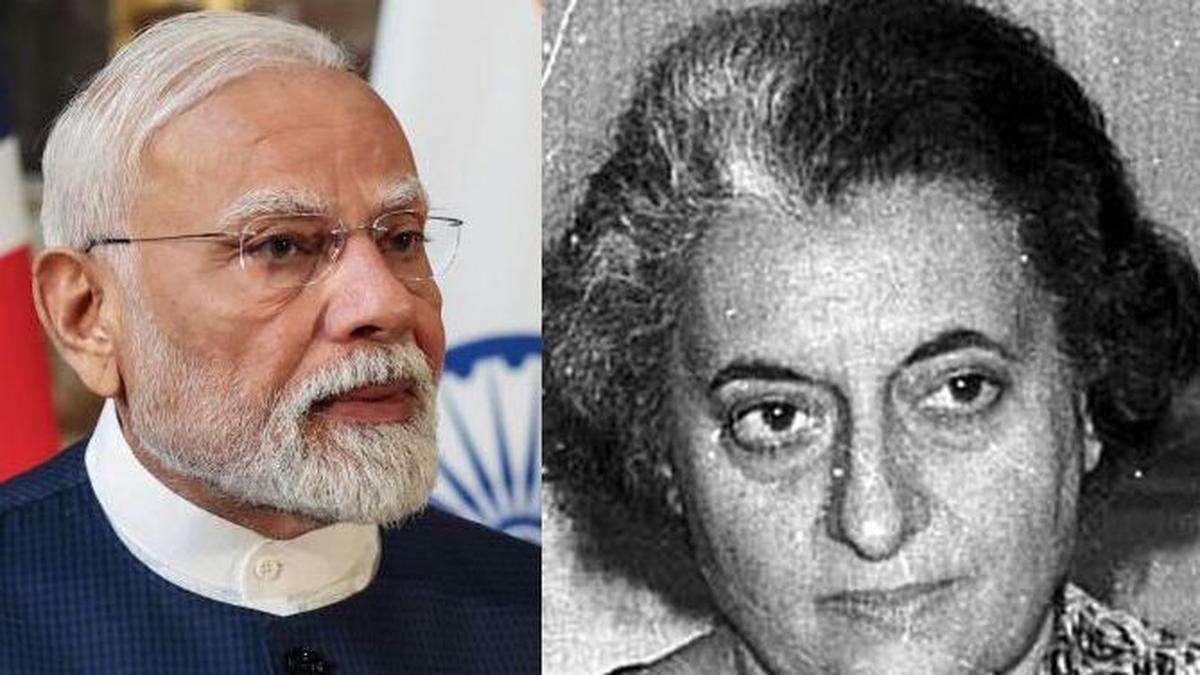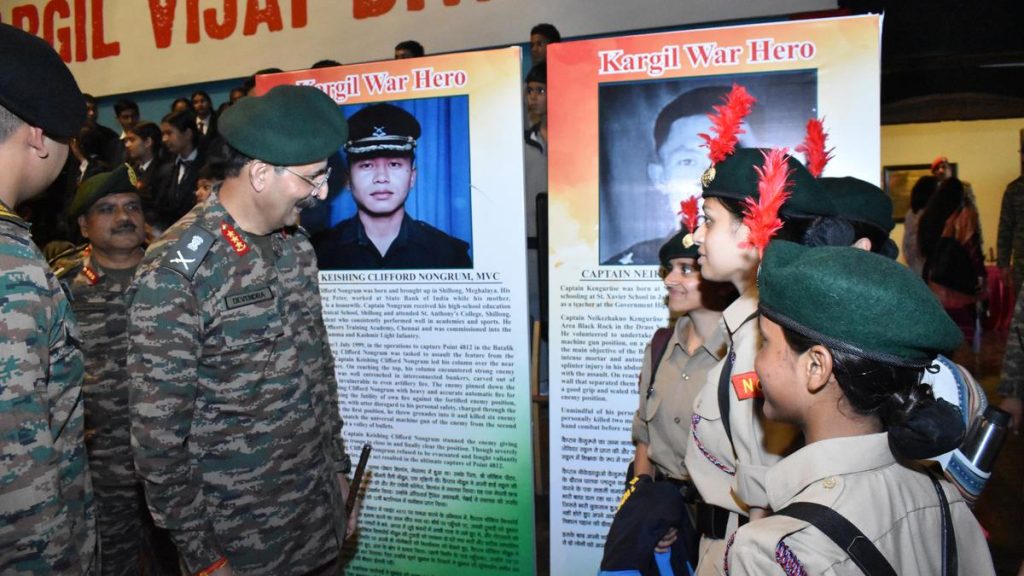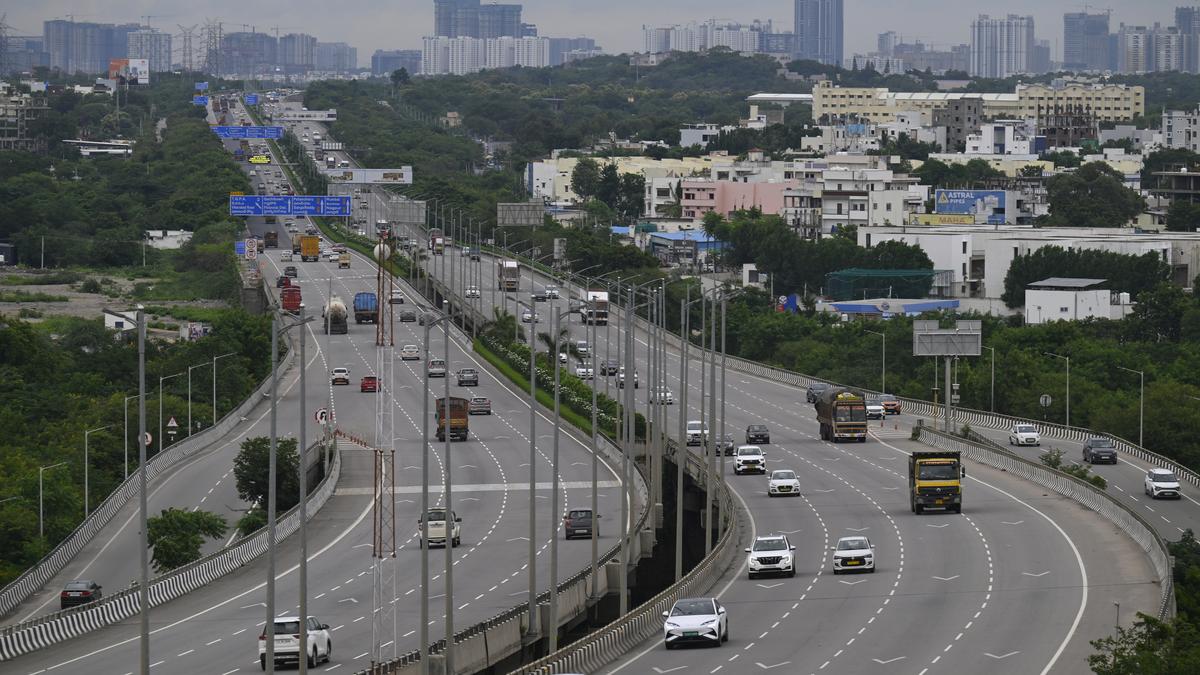Now Reading: Narendra Modi Becomes Second Longest-Serving PM After Indira Gandhi
-
01
Narendra Modi Becomes Second Longest-Serving PM After Indira Gandhi
Narendra Modi Becomes Second Longest-Serving PM After Indira Gandhi

Quick Summary
- Milestone achieved: Prime Minister Narendra Modi became the second-longest-serving Prime Minister of India with an unbroken stint of 4,078 days (on July 25, 2025), surpassing Indira Gandhi’s record of 4,077 days.
- Historical context: Indira Gandhi’s tenure was from January 24, 1966 to March 24, 1977. The longest unbroken stint belongs to Jawaharlal Nehru.
- Key Facts About Modi:
– He is the first non-Congress PM to achieve this milestone.- Born after independence-which distinguishes him among Indian PMs-he is also India’s longest-serving PM from a non-Hindi state.
– He has led his party to three consecutive Lok Sabha election victories (2014, 2019, and 2024), matching Nehru’s record in that regard.
- Political Career Highlight: Modi held office as Gujarat Chief Minister starting in 2001 and transitioned to national leadership as Prime Minister in May 2014. Officials noted that he holds the distinction of winning six consecutive elections as a party leader at both state and central levels.
Indian Opinion Analysis
Prime Minister Narendra Modi achieving status as India’s second-longest-serving PM reflects sustained political consolidation under his leadership. This milestone accentuates several enduring trends: the increasing prominence of non-Congress leaders shaping self-reliant India’s democracy; intensified personalization of leadership; and an electorate willing to repeatedly endorse continuity amidst economic and geopolitical challenges.
The implications are multi-dimensional for Indian politics. Firstly,longevity allows for steady implementation of long-term policies but may stifle institutional checks designed for dynamic governance changes. Secondly,matching Nehru’s three Lok Sabha wins signals potential historical resonance with foundational democratic stability akin to earlier post-independence years.
This achievement also highlights India’s sociolinguistic diversity in governance-Modi being from Gujarat-notwithstanding controversy surrounding regional power centralization or ideological dominance during his term.
Whether this milestone adds substantive value or presents risks rests on how future policies balance inclusivity with modernization under prolonged leadership cycles like these.
For more details on this story click here.























